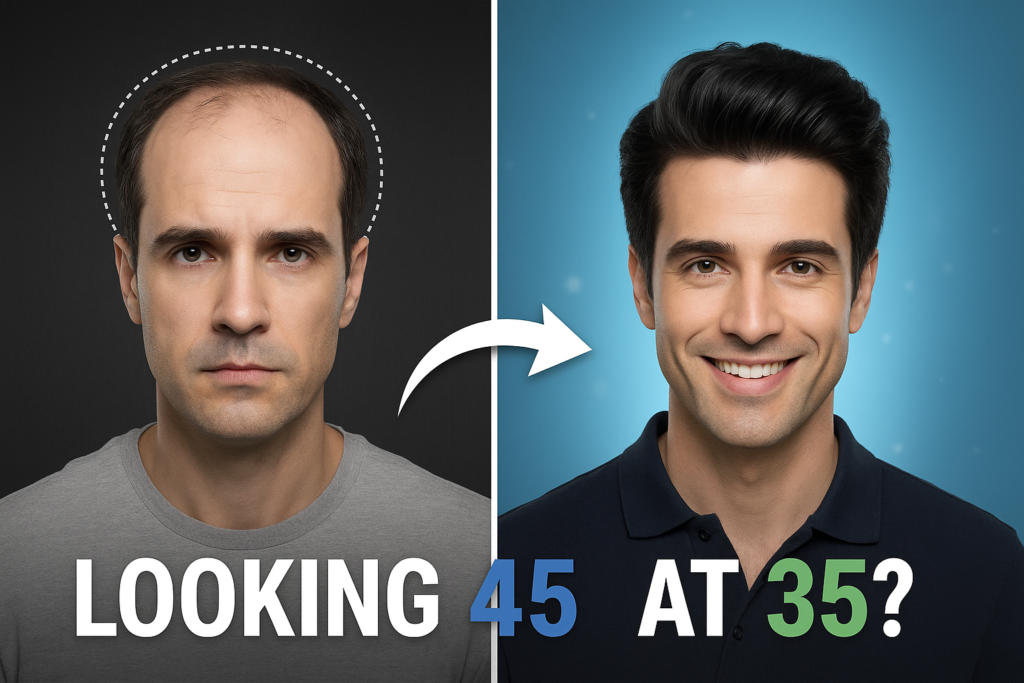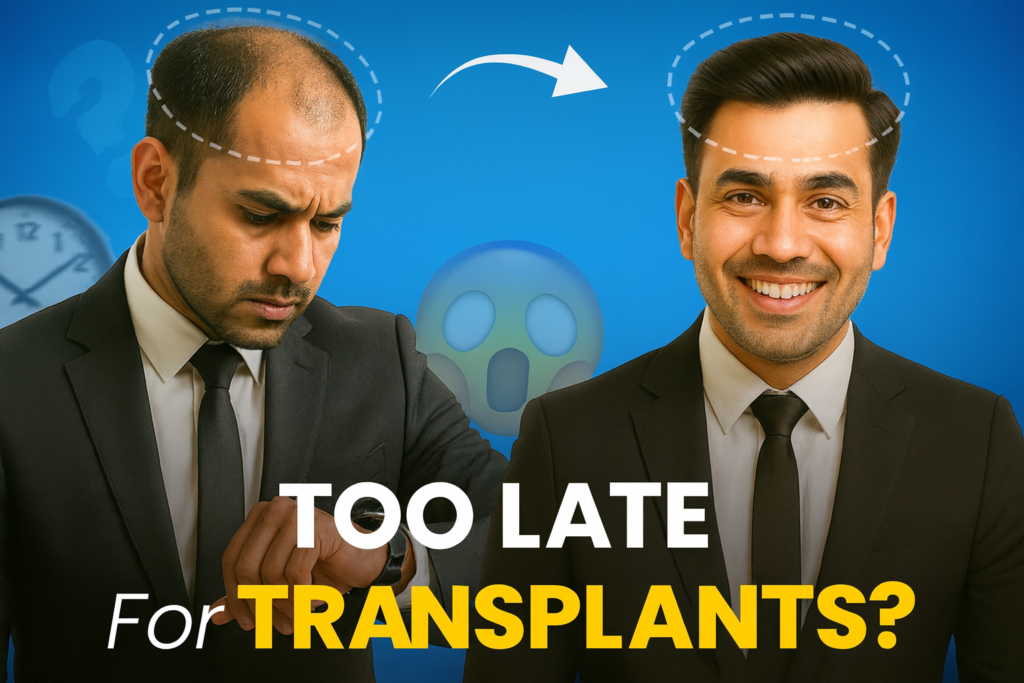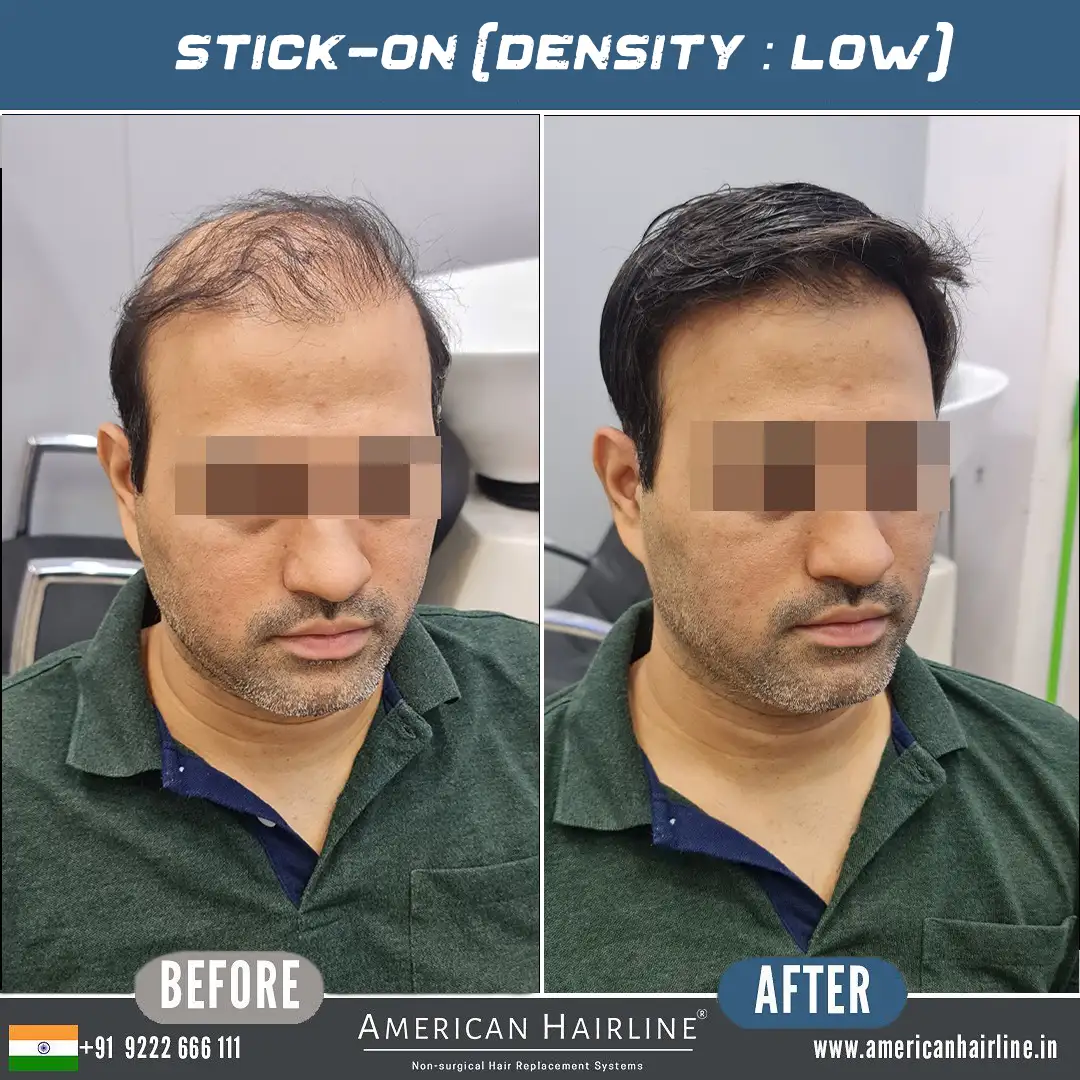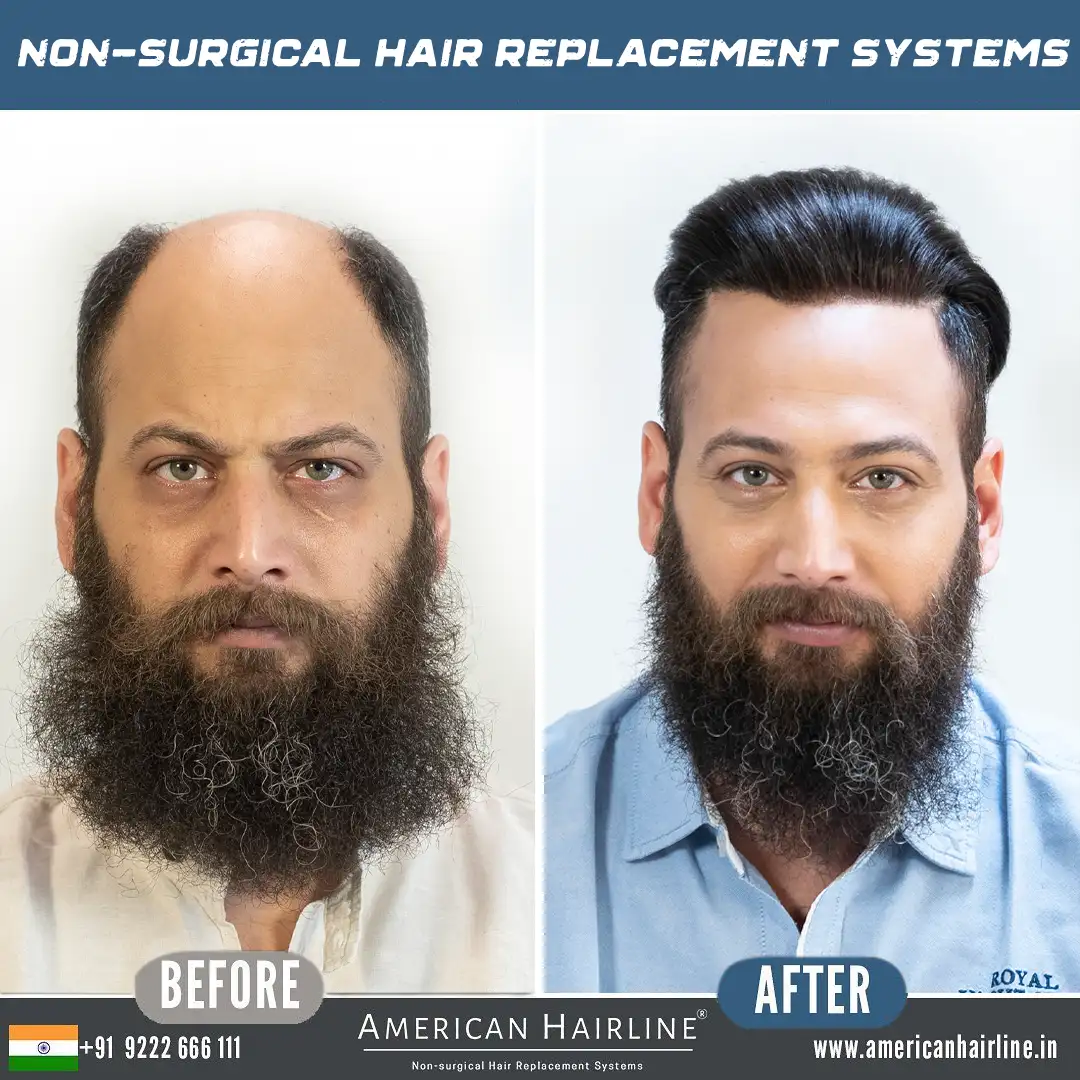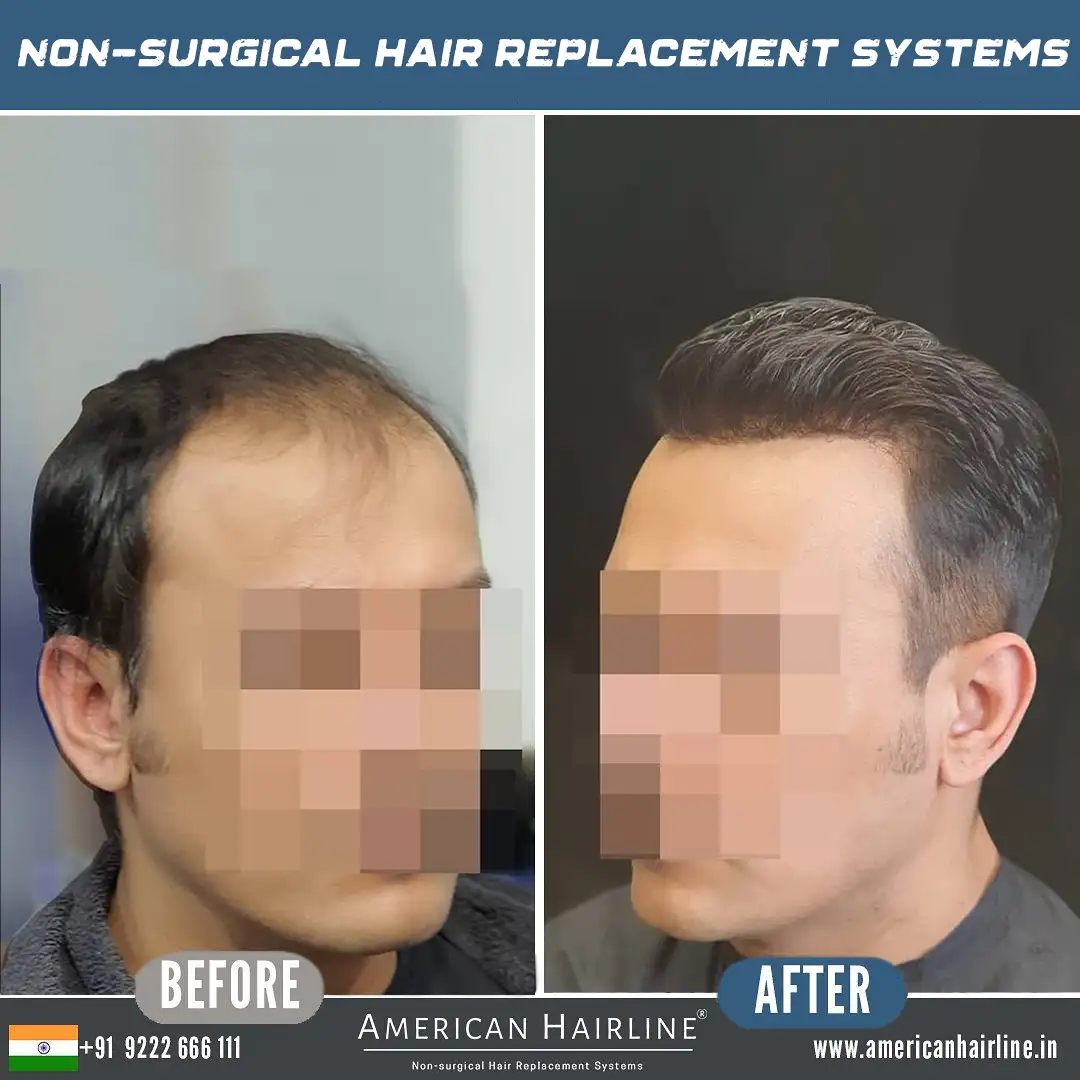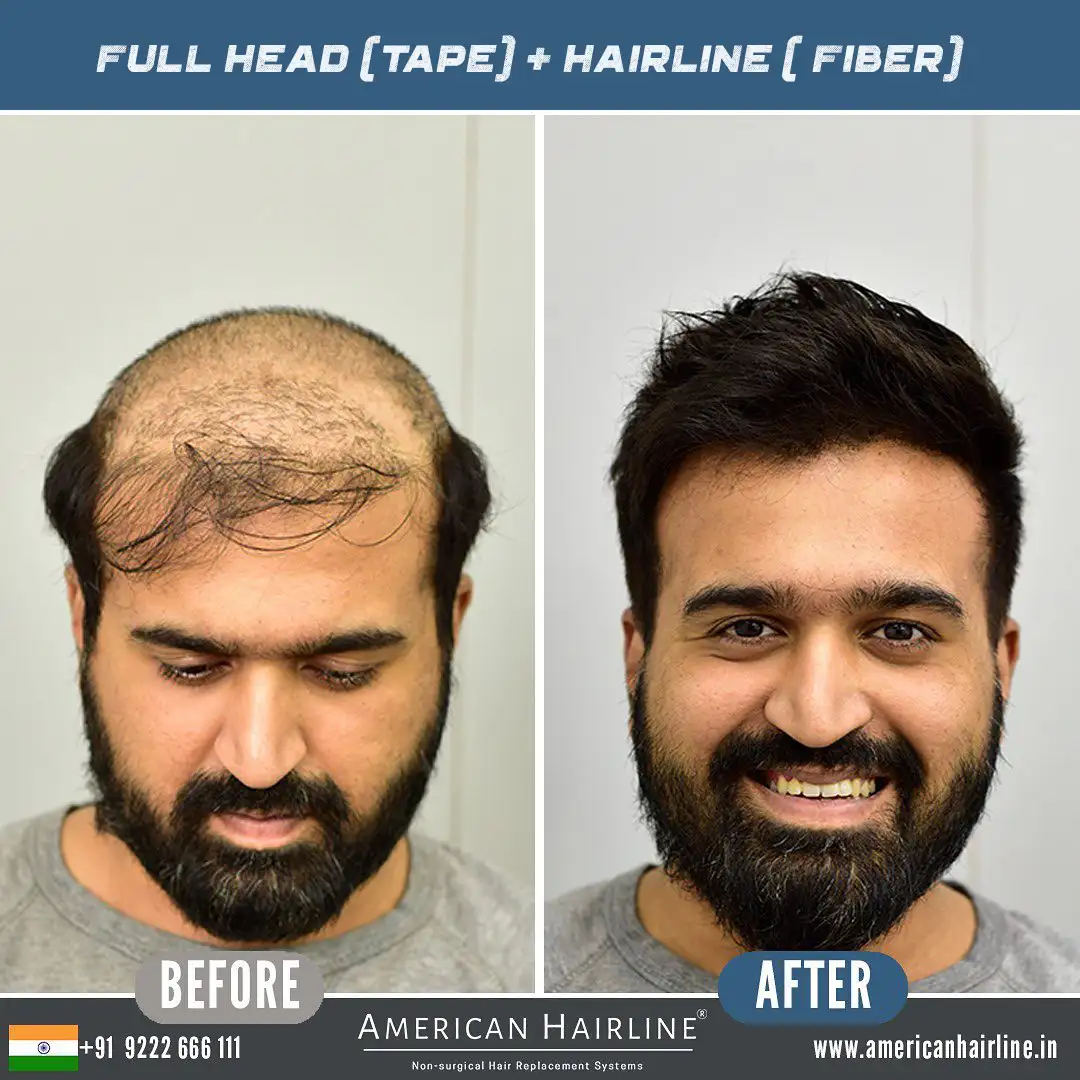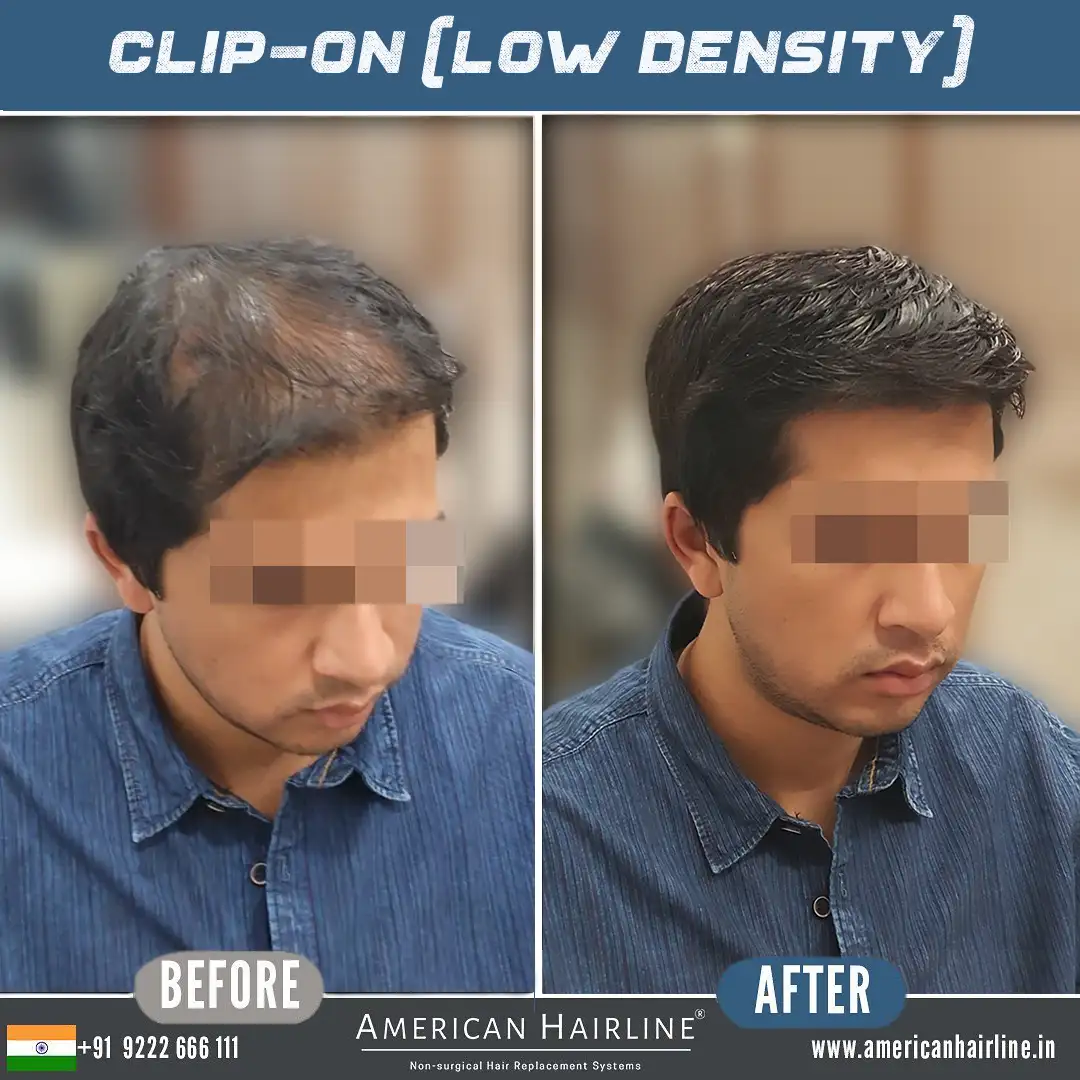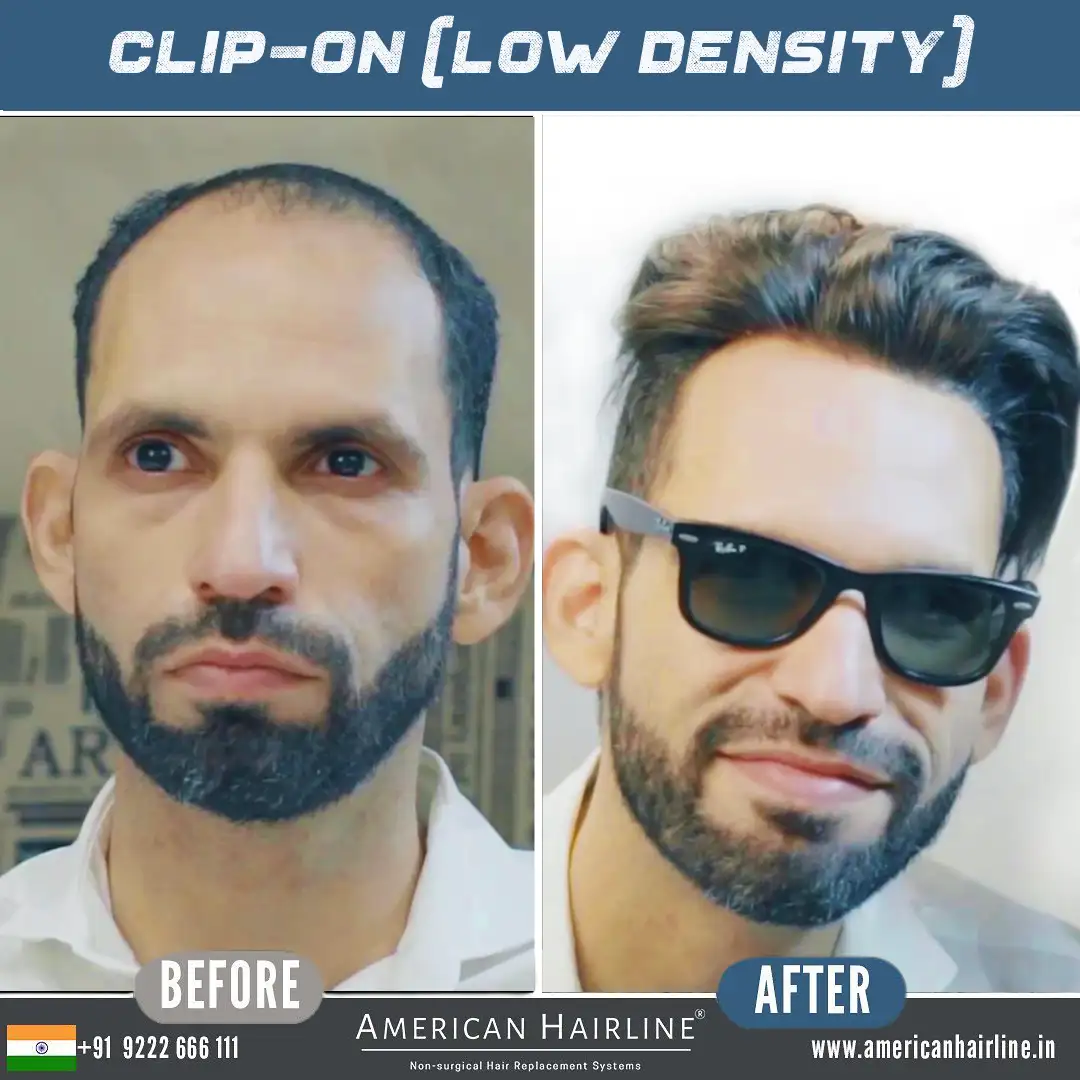Hair loss is a common issue that affects millions of people worldwide. Whether it’s due to genetics, aging, or other factors, losing hair can be a distressing experience. As technology advances, so do the options for combating hair loss. Two of the most popular solutions available today are Scalp Micropigmentation (SMP) and Hair Transplants. But how do you decide which is the better option for you? Let’s dive into the details of each treatment to help you make an informed choice.
| Table of content |
| Understanding Scalp Micropigmentation (SMP) |
| Understanding Hair Transplant |
| Comparing the Two: Which is Right for You? |
| Conclusion: Making Your Decision |
Understanding Scalp Micropigmentation (SMP)
Scalp Micropigmentation, or SMP for men, is a non-surgical hair replacement procedure that involves the application of tiny, hair tattoo-like dots on the scalp to mimic the appearance of hair follicles. This technique creates the illusion of a fuller head of hair by darkening the scalp, which reduces the contrast between the hair and scalp color.
How Does SMP Work?
SMP is performed using a specialized micro-needle that deposits pigment into the upper layers of the scalp. The practitioner carefully places each dot to ensure it replicates the look of a natural hair follicle. The result is a closely-cropped hairstyle appearance that’s virtually indistinguishable from real hair.
Benefits of SMP
- Immediate Results: Unlike hair transplants, SMP offers immediate visual improvement. After just a few sessions, the appearance of a fuller head of hair is achieved.
- Low Maintenance: Once the procedure is complete, there’s minimal upkeep required. A simple skincare routine is usually enough to maintain the results.
- No Downtime: Since SMP is non-invasive, there’s no need for a lengthy recovery period. Most people return to their normal activities within a day.
Drawbacks of SMP
- Not Actual Hair: SMP doesn’t give you real hair; it only simulates the appearance of hair follicles. For those who want the texture and movement of actual hair, this may not be satisfactory.
- Fading Over Time: The pigments used in SMP can fade over the years, requiring touch-ups to maintain the look.
Understanding Hair Transplant
Hair transplant is a surgical procedure that involves moving hair follicles from one part of the body (usually the back or sides of the scalp) to the balding or thinning areas. There are two main types of hair transplants: Follicular Unit Transplantation (FUT) and Follicular Unit Extraction (FUE).
How Does Hair Transplant Work?
In FUT, a strip of scalp is removed from the donor area, and the hair follicles are dissected and transplanted to the thinning areas. In FUE, individual hair follicles are extracted directly from the donor area and implanted into the balding regions. Both methods aim to create a natural-looking hairline and fuller hair.
Benefits of Hair Transplant
- Natural Hair Growth: The transplanted hair grows naturally, just like the rest of your hair. You can style, cut, and treat it as you would your regular hair.
- Permanent Solution: Once the hair follicles are transplanted and healed, they continue to grow for a lifetime, offering a long-term solution of hair loss.
- Boosts Confidence: The psychological impact of regaining a full head of hair can be significant, often restoring confidence and self-esteem.
Drawbacks of Hair Transplant
- Surgical Risks: As with any surgery, hair transplants come with risks such as infection, scarring, and uneven hair growth.
- Recovery Time: Hair transplants require a recovery period, during which you may experience swelling, bruising, and discomfort.
- Cost: Hair transplantation can be quite expensive, especially when multiple sessions are needed.
Comparing the Two: Which is Right for You?
When deciding between Scalp Micropigmentation and Hair Transplant, several factors come into play, including your hair loss stage, budget, and desired outcome.
1. Stage of Hair Loss
If you have advanced hair loss with little to no hair left to transplant, SMP might be a better option. It’s particularly effective for those who have decided to keep a closely shaved look. On the other hand, if you still have a good amount of donor hair, a hair transplant could offer the chance to restore your natural hairline and volume.
2. Budget Considerations
SMP generally costs less than a hair transplant. If budget constraints are a concern, SMP might be the more feasible option. However, it’s important to remember that while SMP might be cheaper upfront, it may require touch-ups over time, adding to the long-term cost.
3. Desired Outcome
Your expectations play a crucial role in deciding between the two. If you’re looking for the texture and movement of real hair, a hair transplant is the way to go. But if you’re comfortable with the look of a shaved head and want a low-maintenance solution, SMP could be ideal.
Conclusion: Making Your Decision
So, which is the better option: Scalp Micropigmentation or Hair Transplant? The answer depends on your individual circumstances and goals.
If you’re looking for a non-invasive hair loss solution, a cost-effective way to achieve the appearance of fuller hair with minimal maintenance, SMP could be the perfect fit. On the other hand, if you want to regain your natural hair and are willing to invest in a permanent solution for hair loss with a surgical approach, a hair transplant may be the better choice.
Ultimately, consulting with a hair restoration specialist like American Hairline can provide personalized advice tailored to your needs. Both SMP and hair transplants offer unique benefits, and the right choice will depend on what’s most important to you in your hair restoration journey.
Remember, the best option is the one that aligns with your expectations, budget, and lifestyle. Whether you choose SMP or a hair transplant, taking action to address hair loss can be a transformative step toward regaining confidence and embracing a new chapter in your life.



